森住卓『イラク 湾岸戦争の子どもたち』あらすじと感想~NATOのユーゴ空爆でも用いられた劣化ウラン弾とは~現在も続く放射能汚染の脅威
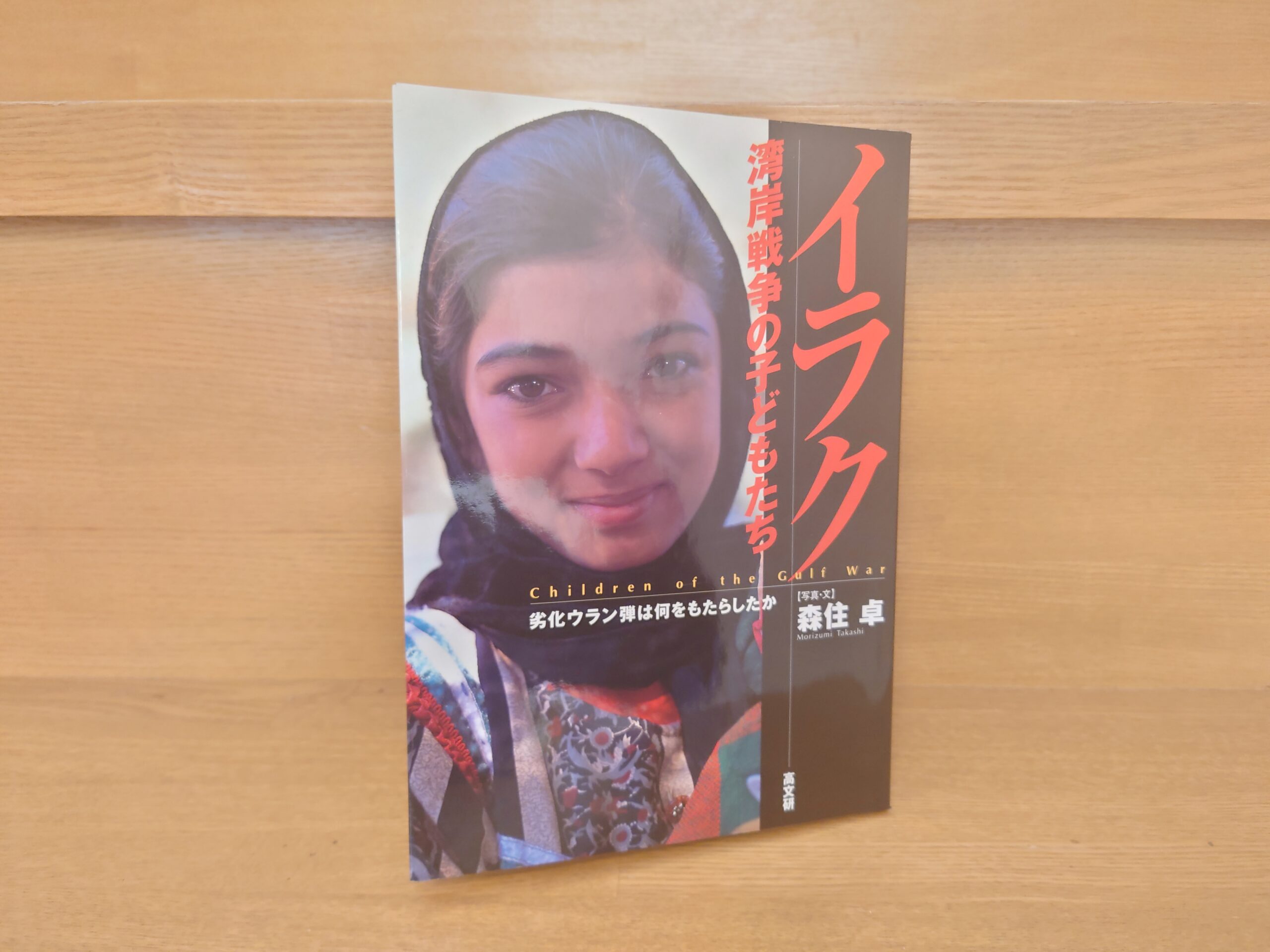
森住卓『イラク 湾岸戦争の子どもたち 劣化ウラン弾は何をもたらしたか』概要と感想~ユーゴ空爆でも用いられた劣化ウラン弾の恐るべき実態
今回ご紹介するのは2002年に高文研より発行された森住卓著『イラク 湾岸戦争の子どもたち 劣化ウラン弾は何をもたらしたか』です。
早速この本について見ていきましょう。
ブッシュ米大統領は、イラクを「悪の枢軸」と呼び、またも総攻撃の意図をちらつかせている。しかし―大統領。攻撃の命令を下す前に、ぜひともこの写真を見てほしい。劣化ウラン弾による白血病に苦しむ幼児の姿を。子ども専用墓地にえんえんと広がる小さな土饅頭を。頭部の欠損した無脳症児の閉じられぬ瞳を。
湾岸戦争から11年。米軍によって撃ち込まれた劣化ウラン弾は、イラク全土を放射能で汚染した。知られざるイラクのフォトルポタージュ。
Amazon商品紹介ページより
私がこの作品を読んだのは下の記事で紹介した木村元彦著『悪者見参 ユーゴスラビアサッカー戦記』がきっかけでした。
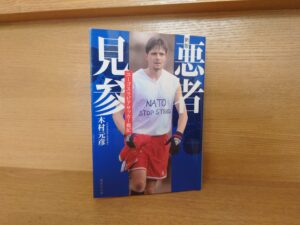
この作品の中で私は衝撃の事実を知ることになりました。
1999年、コソボ紛争の中NATO軍は「セルビアによる虐殺を止めること」を理由に、ベオグラードやセルビア人居住地に対し激しい空爆を行いました。そしてその時に使用されたのが「劣化ウラン弾」だったのです。この兵器は撃ち込まれたエリアに放射能汚染を引き起こします。そんな危険な兵器をNATO軍が大量に撃ち込んでいた・・・私はそのことにショックを受け、「この兵器が引き起こした実態をもっと知らなければならない」と考えこの本を手に取ったのでありました。
この『イラク 湾岸戦争の子どもたち』は凄まじい本です・・・なんと言葉にしてよいのかわからないくらい恐ろしい本です。フォトジャーナリストの森住卓氏が現地で撮影してきた写真のあまりの悲惨さに思わず目を反らしてしまう自分がいました。直視できないほどの現実がイラクで起きていることをまざまざと感じさせられます。
今回の記事ではこの本を参考に、劣化ウラン弾とはいかなるものなのか、そしてどのような害をもたらすものなのかということを考えていきたいと思います。
まずはじめに、この劣化ウラン弾が初めて使用された湾岸戦争について見ていきます。
一九九〇年八月二日、イラク軍が隣国クウェートに侵攻、またたくまに占領した。国連安全保障理事会は直ちにイラク非難決議をあげ、イラク軍の撤収を迫る。アメリカは空母をペルシャ湾に急行させるとともに、同盟諸国に対しイラクへの武力制裁を呼びかけた。
以後、半年をかけて、アメリカ軍を主体とする多国籍軍がペルシャ湾岸に集結、イラク攻撃を準備する。
翌九一年一月一七日、多国籍軍はイラク攻撃の火ぶたを切った。湾岸戦争の開始である。イラク軍は、アラブ諸国の中でも群をぬいた戦力を誇っていた。しかし、軍事超大国アメリカを中心とする多国籍軍の前に、イラク軍はほとんどなすところなく敗退した。戦争は多国籍軍の一方的な攻撃に終始し、わずか四三日間で終わった。
それから一一年、イラク・クウェート国境の砂漠地帯には、破壊されたイラク軍の戦車が今なお放置されている。
クウェート侵攻以来、イラクは国連のきびしい経済制裁下に置かれた。多くの物資を外国からの輸入に頼っているイラクの経済活動は麻痺し、国民生活は疲弊した。わけても最大の犠牲者となったのは、子どもたちだった。
首都バグダッドの大病院でも、薬局の棚から医薬品が消え、医療機器も故障したままだ。下痢や風邪でさえ、慢性的な栄養失調状態にある子どもたちにとっては死に直結する。特に注目されるのが、白血病や癌による死亡者の急増だ。激戦地となった南部の都市バスラ市内の癌による死亡者数は、戦前の一九八八年には三四人にすぎなかったのが、戦後五年目の九六年にはニ一九人と激増、以後も年々ふえつづけ、二〇〇〇年には五八六人(一七倍!)に達したという。ではなぜ、癌による死者が激増したのか?
原因は、多国籍軍が多用した劣化ウラン弾によるとの疑いが限りなく強い。核兵器や原発の核燃科製造の副産物として生じる劣化ウランは、核分裂を起こすウラン235の含有比率が低下したとはいえ、まぎれもなく放射性物質だ。
この劣化ウランを利用した砲弾・機銃弾は、湾岸戦争で初めて使用された。その使用総量は推定三〇〇トンから八〇〇トン、「広島に落とされた原爆の一万四千倍から三万六千倍の放射能原子がペルシャ湾岸地方にばらまかれた」(矢力崎克真琉球大教授)という。その結果の白血病や癌患者の激増だったのだ。
湾岸戦争は、ミサイル・トマホークをはじめハイテク兵器の戦争といわれたが、同時に新たな〝核戦争〟でもあったのである。
高文研、森住卓『イラク 湾岸戦争の子どもたち 劣化ウラン弾は何をもたらしたか』P2-3
「劣化ウランを利用した砲弾・機銃弾は、湾岸戦争で初めて使用された。その使用総量は推定三〇〇トンから八〇〇トン、「広島に落とされた原爆の一万四千倍から三万六千倍の放射能原子がペルシャ湾岸地方にばらまかれた」(矢力崎克真琉球大教授)という。その結果の白血病や癌患者の激増だったのだ。」
私はこの箇所を読んで信じられない思いになりました。広島の14000倍から36000倍の放射能って・・・
日本は世界で唯一の原爆被爆国というイメージが強いですが、すでに世界はこうした核攻撃が平然と行われていたのでありました・・・
この危険極まりない劣化ウラン弾とはいかなる兵器なのでしょうか。本文より見ていきましょう。こちらも衝撃的です。
劣化ウラン弾
劣化ウランは、核兵器や原発用の燃料を製造するため、天然ウランを濃縮する過程で生み出される。
原子力発電所や核爆弾ではウランが使用されるが、天然に産出されるウランの中には利用できる成分(ウラン二三五)はわずかに〇.七パーセントしか含まれておらず、ほとんどを核分裂の起こりにくいウラン二三八が占めている。したがって、原子力発電所や核爆弾で使えるようにするためには、ウラン二三五の割合を増やさなくてはならない。このウラン二三五の比率を高める操作を「濃縮」という。濃縮を行うと、その残りカスが出てくる。これが、劣化ウラン(減損ウラン)である。この劣化ウランの成分は、その約九九・八%をウラン二三八が占める。
半世紀以上に及ぶ核兵器や核燃料の生産過程で生み出された劣化ウランは総計一一〇万トンを越える。内訳はアメリカ四七万トン、ロシア四三万トン、フランス二二・五万トン、日本二千六百トン。これらは放射性廃棄物として厳重に管理し保管しなければならない。そのためには莫大な費用がかかる。
ウランは、自然界に存在する物質の中では比重が最も重い。鉛の、実に七倍もある。核爆弾や原発燃料製造の副産物として生じた劣化ウランのこの「固くて重い」という性質に目を付けたアメリカ兵器産業は、一九七〇年代から兵器への利用を研究しはじめ、戦車の装甲や砲弾に使うことを考えた。兵器として戦争で消費してしまえば、保管の手間も省けるというわけだ。
劣化ウラン弾は戦車に命中するとぶ厚い装甲を貫通し、その摩擦熱で一気に燃焼し、乗員を焼き尽くすと同時にエアロゾル(煙霧状)化する。このエアロゾル化した放射性ウランは、気流にのって広範囲に拡散する。米陸軍の野外試験によると、浮遊した劣化ウランの微粒子は二五マイル以上も風下に運ばれることがわかっている。そしてこれが人体内に入れば「ミクロン・サイズの微粒子は数年あるいは数十年肺に滞留し、周辺組織にガンマー線、ベータ線、アルファ線などの放射線を浴びせ続ける。大きな粒子を排除する繊毛運動も、肺胞深く滞留するミクロン・サイズの微粒子を排除するのは難しい。場合によっては、ウラン微粒子が血中に取り込まれ、肺以外の器官に問題を起こすおそれもある。肝臓、肺、生殖器官はこの物質に対してとりわけ脆弱だ」(『劣化ウラン弾』日本評論社)
一方、地上に落ちた微粒子は土壌や地下水を汚染する。戦闘員、非戦闘員、敵、味方を問わず被害に遭う。体内に入れば金属毒と相まって癌、白血病、肝臓障害、腎臓障害、腫瘍、先天的な障害児出産などをひき起こす。しかも、放射性ウランは遺伝子を傷つけ、何世代にもわたって影響を及ぼす。
劣化ウラン弾の出現は、「戦争の形態を一変させてしまった。いまや第三世界の既存の兵器はスクラップとなった」とアメリカのある戦略家は言ったという。劣化ウラン弾はそれほど強力な兵器なのだ。だからこそ、湾岸戦争後、ボスニア、コソボでも使われ、その被害が次第に明らかになってきている。アフガンへの「報復」戦争にも使われた可能性が強い。
「アメリカが、数十万トンの放射性のウラン廃棄物の処分問題に直面して、他人の庭にこれをぶち込むことによって処理しているのは、嘆かわしい。われわれが彼らの貴重な土地と人を自国の放射性のウラン廃棄物の捨て場として使い、その国を何十億年にもわたって汚染するのは、世界に向かって恐ろしいシグナルを送ることになる」と、アメリカの科学者ミチオ・カクはその非人道性を告発している(『劣化ウラン弾』日本評論社)。
高文研、森住卓『イラク 湾岸戦争の子どもたち 劣化ウラン弾は何をもたらしたか』P124-126
いかがでしょうか。
私はこの箇所を読んで絶句してしまいました・・・
これが「世界の正義を守る」NATO軍が使った兵器です。
私は呆然とするしかありませんでした・・・
そして著者は現地取材を通して次のように述べています。
サウジアラビアの国境に向かって車を走らせると、破壊されて真っ赤に錆びた戦車が無惨な姿をさらしている。ソ連製のT55、T62戦車、そしてアラブ最強と言われたイラク共和国特別防衛隊のT74戦車もある。
近寄ってみると、数センチもある分厚い装甲に直径四、五センチの丸い穴が空いていた。放射線測定器を近づけると、数値がどんどん上がっていく。たちまち通常の一〇倍以上の値を示した。劣化ウラン弾が命中した跡だ。
だいたい、通常弾ではとても戦車の装甲にこんな丸い穴など開けられない。まるで、柔らかい粘土に棒で勢いよく突き刺したような穴が開いている。劣化ウラン弾のすさまじい破壊力を見せられたように思った。
高文研、森住卓『イラク 湾岸戦争の子どもたち 劣化ウラン弾は何をもたらしたか』P128
劣化ウラン弾はそれほど圧倒的な兵器なのです。しかも自国の核廃棄物を正義の名で廃棄することができるという利点まで付いてくる・・・
これが戦争の現実なのかと頭を抱えてしまいました。
この本では今回紹介した箇所以外にも、劣化ウラン弾が撃ち込まれたイラクの悲惨な実態が詳しく解説されます。特に子どもたちに対する劣化ウラン弾の影響について書かれた箇所はぜひ読んで頂きたいと思います。癌や白血病の増加や次々と生まれてくる先天異常の子・・・。放射能汚染は次世代の子供たちが生きる未来も許しません。爆弾が炸裂して終わりでなく、何世代にもわたって悲劇が蓄積されていく・・・。そんな実態をこの本で見ていくことになります。
そしてやはり写真の凄まじさです・・・「見ればわかります」とだけ私から言わせて頂きたいと思います。トラウマになる方もおられるかもしれませんので、その点はお気を付けください。
ロシア・ウクライナ戦争によってNATO軍についてクローズアップされることが多い中、この本は非常に大きな意義がある作品だと思います。ロシアがなぜNATOを恐れるのか。そしてそもそもNATOとはどんな軍隊なのかということを考える上でとても参考になる1冊です。
辛い本ではありますが、ぜひおすすめしたい作品です。
以上、「森住卓『イラク 湾岸戦争の子どもたち』NATOのユーゴ空爆でも用いられた劣化ウラン弾とは~現在も続く放射能汚染の脅威」でした。
Amazon商品ページはこちら↓
イラク湾岸戦争の子どもたち: 劣化ウラン弾は何をもたらしたか
次の記事はこちら
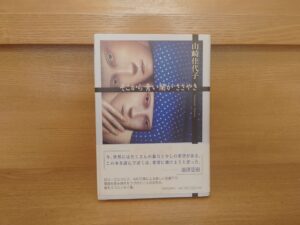
前の記事はこちら
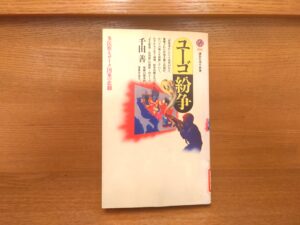
関連記事


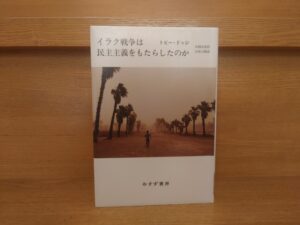


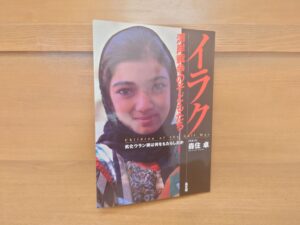
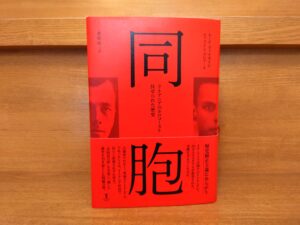
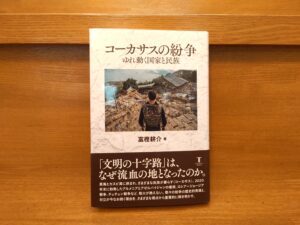
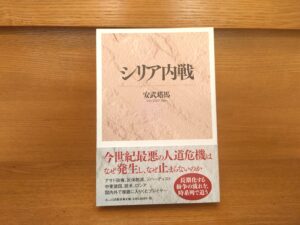
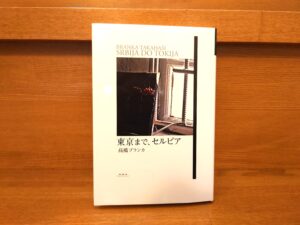
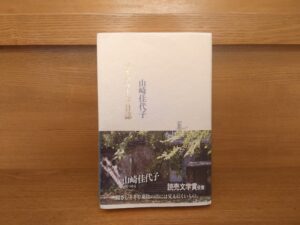
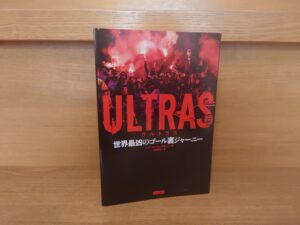
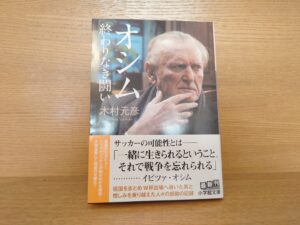
コメント